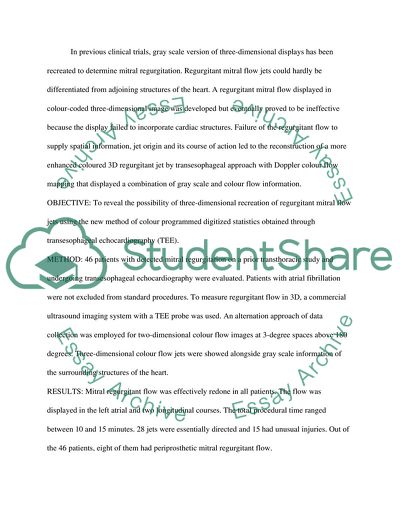Cite this document
(“Ultrasound Image Modality Assignment Example | Topics and Well Written Essays - 1500 words”, n.d.)
Retrieved from https://studentshare.org/physics/1571708-ultrsound-image-modality
Retrieved from https://studentshare.org/physics/1571708-ultrsound-image-modality
(Ultrasound Image Modality Assignment Example | Topics and Well Written Essays - 1500 Words)
https://studentshare.org/physics/1571708-ultrsound-image-modality.
https://studentshare.org/physics/1571708-ultrsound-image-modality.
“Ultrasound Image Modality Assignment Example | Topics and Well Written Essays - 1500 Words”, n.d. https://studentshare.org/physics/1571708-ultrsound-image-modality.


